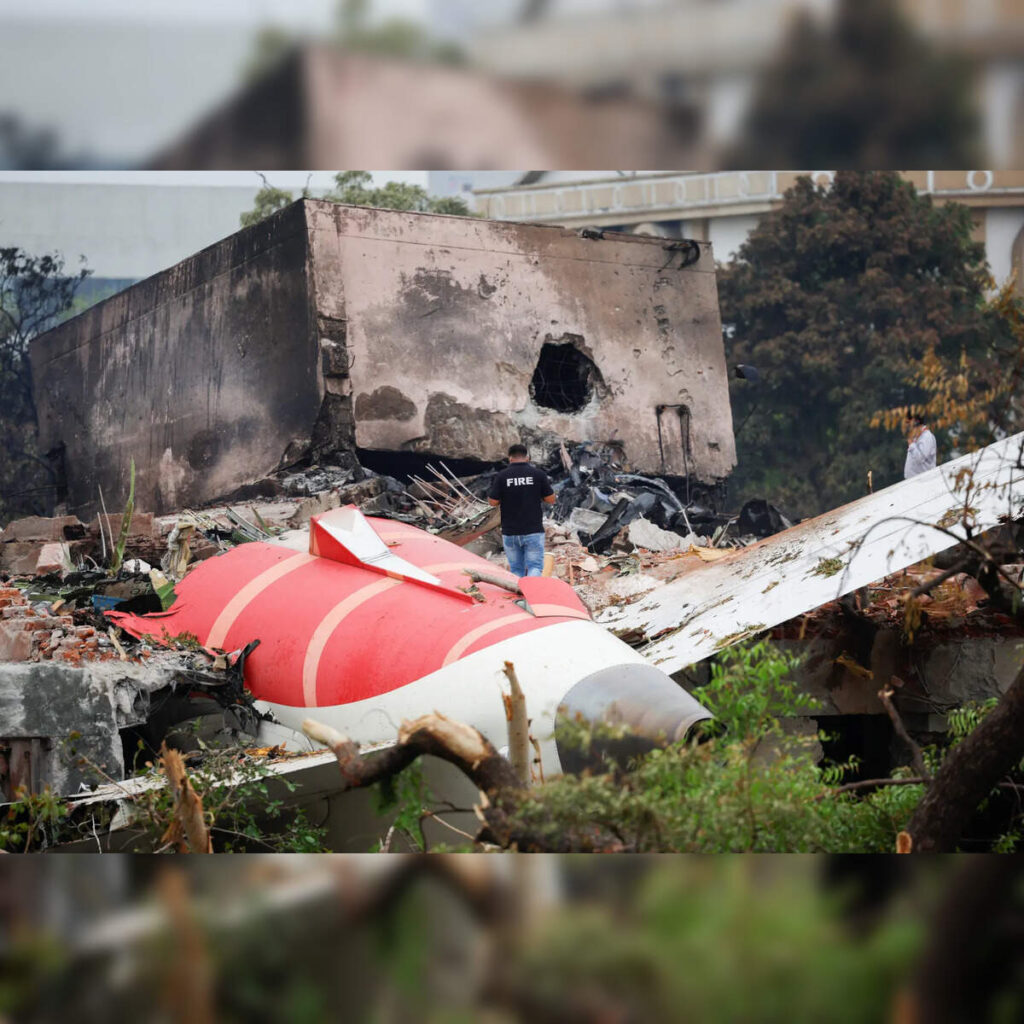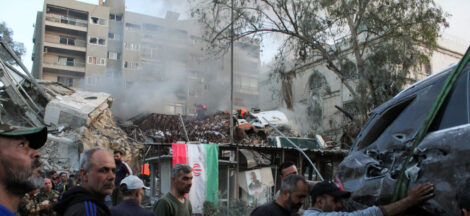Ahmedabad’s investigation into the Boeing 787‑8 Dreamliner that crashed on 12 June has reached a critical juncture as authorities weigh sending the flight recorders to the United States. The damaged Cockpit Voice Recorder and Flight Data Recorder sustained significant fire and impact damage, leaving Indian laboratories unable to fully extract data. A decision is expected this week on whether to dispatch the black boxes to the US National Transportation Safety Board in Washington, with UK investigators also poised to participate.
The flight recorders were recovered within 28 hours of the tragedy, marking a vital breakthrough in the probe. However, severe charring has complicated domestic retrieval efforts. India’s Aircraft Accident Investigation Bureau had invested in local forensic capabilities, but officials confirm they lack the specialised infrastructure required to recover data from heavily damaged units.
International collaboration will involve personnel from India, the US, and the UK, per procedural norms. A senior official said US and UK experts would work alongside Indian counterparts to ensure proper chain of custody and data integrity. The UK’s involvement is underscored by the presence of 53 British nationals among the victims.
Investigators anticipate that data retrieved from the FDR—covering parameters like altitude, speed, engine performance, and system warnings—and the CVR—revealing cockpit communications—will shed light on the cause of the crash. Preliminary assessments suggest a sudden loss of thrust shortly after liftoff, with deployment of the ram air turbine indicating emergency power activation. Investigators are examining potential dual‑engine failure and configuration anomalies in thrust settings, flaps, and landing gear.
The AAIB is coordinating a high‑level, multi‑agency task force to assess technical, human, and environmental factors. In the interim, the Directorate General of Civil Aviation has ordered thorough inspections of all 787‑series aircraft in Air India’s fleet. Boeing and GE Aerospace have dispatched experts to support the probe and are providing data from internal systems, though both have otherwise remained reticent.
The emotional toll on families awaiting answers has been profound. Over 120 DNA matches have been confirmed, and more than 76 bodies have been handed to next of kin. Meanwhile, the sole survivor, Viswash Kumar Ramesh—a British national seated in 11A—has been undergoing interviews by investigators to clarify the flight’s final moments.
Looking ahead, experts estimate full black‑box analysis could span weeks to months, depending on data recovery complexity. A preliminary report is expected within 90 days, with final conclusions likely to take longer. The outcome may have significant consequences for regulatory oversight, maintenance protocols, and fleet-wide safety assurance.
The challenge of interpreting damaged recorders highlights the fragility of critical aviation evidence in high‑impact events. With so much in limbo, the decision to outsource data extraction could determine the pace and credibility of the investigation into India’s deadliest aviation disaster in nearly three decades.




 High Court Halts West Bengal’s New OBC Roll‑out
High Court Halts West Bengal’s New OBC Roll‑out 